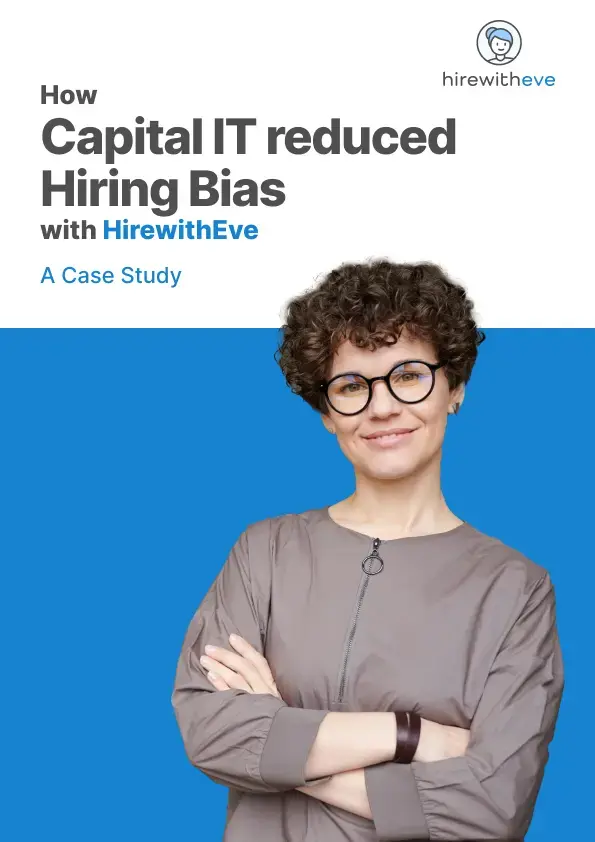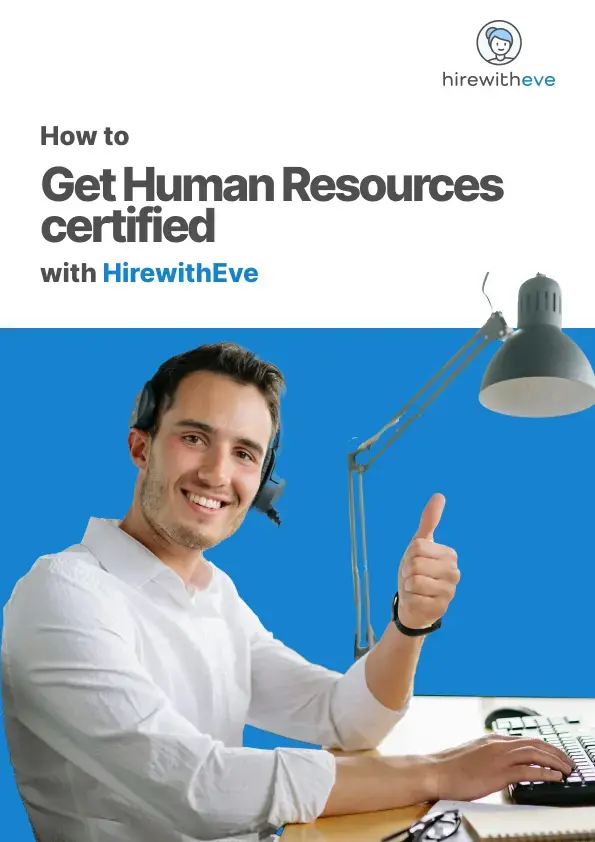Offer Letter vs Letter of Intent: Understanding the Key Differences for HR Managers
Offer Letter vs Letter of Intent: Understanding the Key Differences for HR Managers

In talent acquisition, clarity in communication is essential, especially when making job offers or negotiating terms with potential hires. Two common documents used in this process are the offer letter and the letter of intent. While these terms may seem interchangeable, they serve different purposes and convey distinct messages. As an HR manager or talent acquisition specialist, it’s critical to understand the nuances of these documents to avoid confusion and ensure both parties are on the same page. In this blog, we will explore the differences between an offer letter vs letter of intent and when to use each one.
Table of contents
Introduction
In talent acquisition, clarity in communication is essential, especially when making job offers or negotiating terms with potential hires. Two common documents used in this process are the offer letter and the letter of intent. While these terms may seem interchangeable, they serve different purposes and convey distinct messages. As an HR manager or talent acquisition specialist, it’s critical to understand the nuances of these documents to avoid confusion and ensure both parties are on the same page. In this blog, we will explore the differences between an offer letter vs letter of intent and when to use each one.
What is an Offer Letter?
An offer letter is a formal document that a company provides to a candidate after they have successfully completed the interview process. It outlines the terms and conditions of employment, including job title, salary, benefits, start date, and any other relevant information.
Key Elements of an Offer Letter:
Job Title: Specifies the role the candidate is being hired for.
Salary and Benefits: Clearly states the compensation package, including base salary, bonuses, and any additional perks.
Start Date: Provide the candidate with an official start date for their new role.
Terms of Employment: Covers the working hours, reporting structure, and any probationary period.
The offer letter is a binding document that typically requires the candidate’s signature as confirmation of their acceptance of the job offer. It is not a negotiating tool but rather a formalization of the employment agreement between the company and the candidate.
What is a Letter of Intent?
A letter of intent, on the other hand, is a more flexible and non-binding document. It is used to outline the preliminary understanding between a candidate and a company before a formal offer is made. Unlike an offer letter, a letter of intent does not lock in final employment terms but rather signals interest in further negotiations.
Key Elements of a Letter of Intent:
Expression of Interest: States that the company is interested in hiring the candidate but does not finalize the details.
Negotiable Terms: Provides room for both parties to discuss and agree on employment terms, such as salary, benefits, and work conditions.
Non-Binding Nature: Unlike an offer letter, a letter of intent does not require the candidate to accept any final terms, allowing for further discussions.
In the hiring process, a letter of intent serves as a middle ground where both the candidate and the employer can express their intent to work together while leaving room for negotiation.
Key Differences Between Offer Letter vs Letter of Intent
Understanding the distinctions between an offer letter vs letter of intent is crucial for HR managers, as each document plays a unique role in the recruitment process.
Deep this is a difference table. Please be aware of this while posting
Offer Letter Letter of Intent
Formal, binding agreement Non-binding document expressing interest
Final terms of employment are clearly stated Terms are still negotiable
Requires candidate’s signature as acceptance Does not require a formal acceptance
No room for further negotiation Allows for further discussion and negotiation
Typically used at the final stage of hiring Used at earlier stages of discussions
The key takeaway is that an offer letter finalizes the employment agreement, while a letter of intent serves as a starting point for more detailed discussions. As a talent acquisition specialist, knowing when to use each document can make the hiring process smoother and more transparent.
When to Use an Offer Letter vs Letter of Intent
For talent acquisition specialists, the decision of when to use an offer letter vs letter of intent depends on the stage of the hiring process and the clarity of terms.
Offer Letter: This document should be used when all terms of employment are agreed upon, and both parties are ready to formalize the job offer. Typically, the offer letter comes after the candidate has gone through the entire interview process, and the company is ready to make a binding offer.
Letter of Intent: Use this document when the company and candidate are still in the negotiation phase or when the terms of employment are not fully agreed upon. The letter of intent signals the company’s interest in the candidate without locking either party into a formal agreement.
It’s important to note that a letter of intent is often used in more complex hiring situations, such as executive roles or when multiple candidates are being considered. For straightforward hires, an offer letter is usually the better option once all details are finalized.
Conclusion
Understanding the differences between an offer letter vs letter of intent is essential for HR managers and talent acquisition specialists to navigate the hiring process efficiently. While the offer letter formalizes the job offer and locks in terms of employment, the letter of intent is more of a starting point for negotiations, offering flexibility for both parties.
When used correctly, both documents can streamline communication and ensure that candidates and employers are on the same page regarding expectations. Whether you are looking to formalize an offer or engage in further discussions with a potential hire, knowing when to use an offer letter vs letter of intent will help you manage the hiring process with clarity and precision.
Target Your Talent
Unlock tailored solutions for your recruitment and hiring needs with Eve Platform's extensive case study library.
Subscribe now to enhance your HR expertise and excel in your role.
Free Resources

Transforming Hiring: 7 Key Recruiting Metrics
Enhancing recruitment processes with data-driven insights for better hiring outcomes.

Reducing Hiring Bias with Hirewitheve.
Utilizing Hirewitheve to combat bias and streamline recruitment processes effectively.

Hiring Detail-Oriented Candidates
HirewithEve enhances hiring by accurately assessing candidate's attention to detail-oriented.
